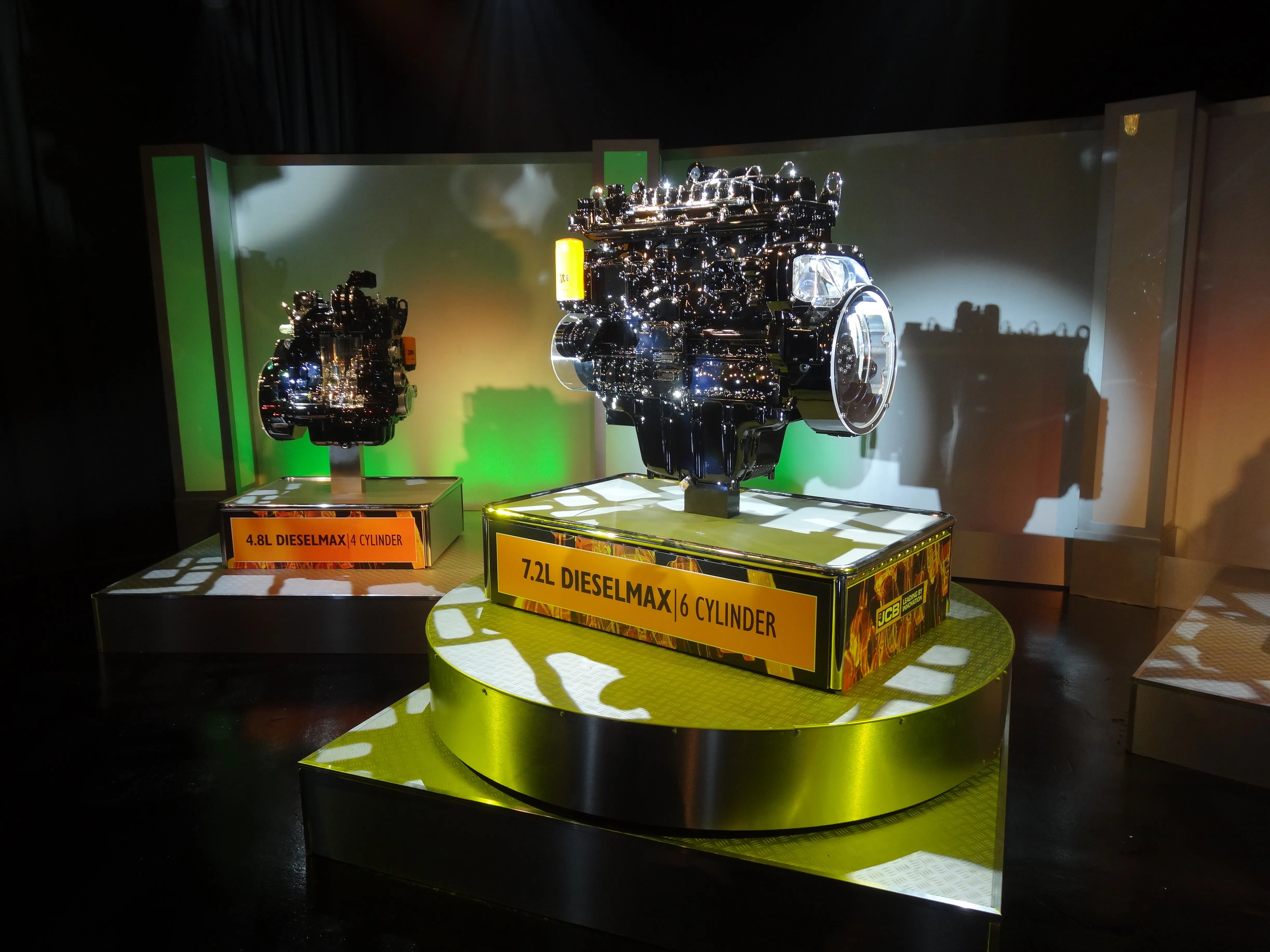Stricter emissions legislation mean that new engine technology and integrated drivetrain systems are being developed. With the Tier 3/Stage IIIA emissions legislation now in place in North America and Europe, the major engine manufacturers already have an array of solutions on the market. The coming Tier 4 interim/Stage IIIB legislation will be tougher still and most firms are well in hand with their plans to use both in-cylinder and exhaust after-treatment technology. While engines themselves are staying b
February 24, 2012
Read time: 6 mins
Stricter emissions legislation mean that new engine technology and integrated drivetrain systems are being developed
With the Tier 3/Stage IIIA emissions legislation now in place in North America and Europe, the major engine manufacturers already have an array of solutions on the market. The coming Tier 4 interim/Stage IIIB legislation will be tougher still and most firms are well in hand with their plans to use both in-cylinder and exhaust after-treatment technology. While engines themselves are staying broadly similar in size, the after-treatment technologies do take up room in the engine bay and firms have had to pay close attention so as not to spoil sightlines from machines. The specialist engine manufacturers have also had to ensure that their power solutions can be installed across a wide range of machine types, while companies likeEngines
The novel air filtration system is smaller than conventional units while retaining the same performance. The low emissions technology also uses the same configuration as the Tier 4 interim/StageIIIB version of the QSB6.7 engine introduced last year. The EGR system is said to cut emissions of oxides of nitrogen by 45%. The particulate filter cuts 90% of particulate emissions and is around the same size as a conventional muffler.
German firm
Drivelines Drivetrain
specialist Dana continues to develop advanced powertrain solutions and has developed a new version of its successful 110 axle to suit use on compact wheeled loaders weighing up to 4tonnes. The new wheeled loader driveline features a modular axle design can be used in any compact wheeled loader. According to
The firm has also used technology from the telescopic handler market to improve drivability for wheeled excavator operators. The firm is producing a wheeled excavator driveline, suitable for machines in the 15.5-17.5tonne class, which uses a Spicer 369 shift-on-fly hydrostatic transmission and a Spicer Life 55 driveshaft. The transmission allows the operator to shift from low to high range while the machine is moving. Traditionally wheeled excavators have had to stop to shift between ranges.
The Spicer 369 transmission is directly connected to a 163LD rear axle, while drive at the front is provided by a model 263LD drive and steer axle.
Meanwhile rival firm
The firm has also developed a new Ergopower L2 transmission that is designed for use in ADTs and offers eight forward speeds as well as four reverse ratios. Designed for machines with payloads of up to 45tonnes, this helps reduce fuel consumption. However the main benefits include ensuring smoother shifting between ratios that help extend component wear life as well as providing a better match of ratios to the running conditions and a retardation system on the input side that increases retardation efficiency.








